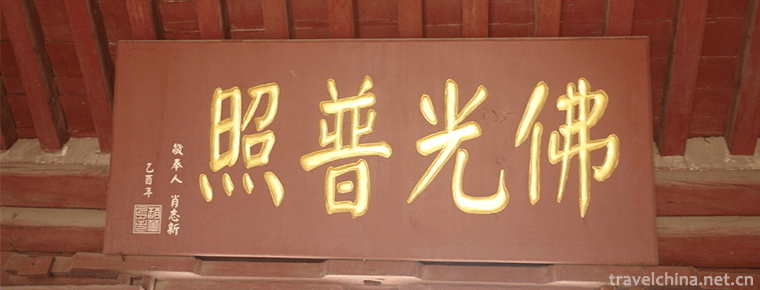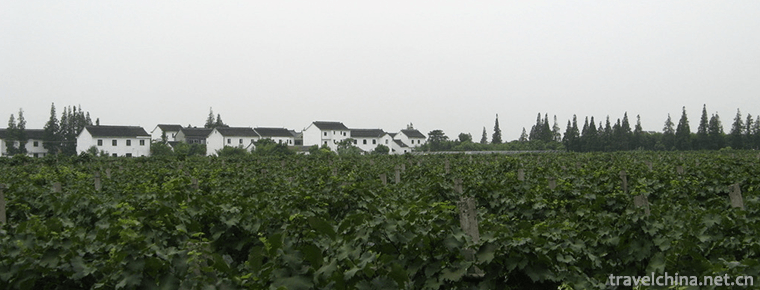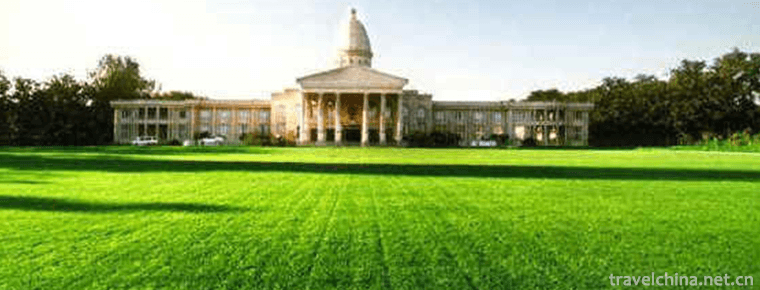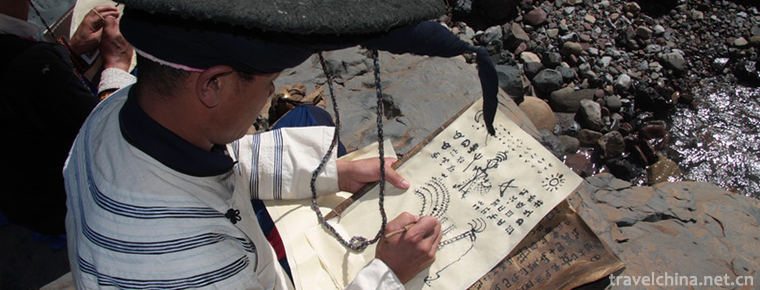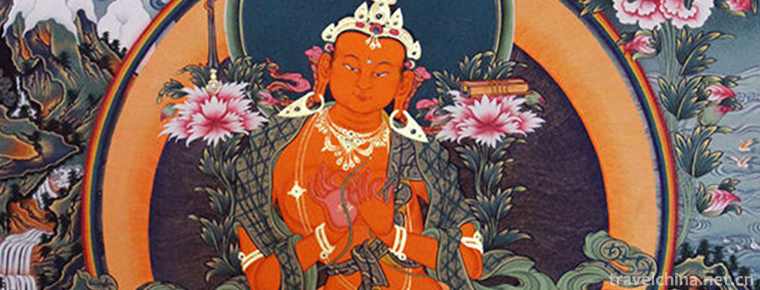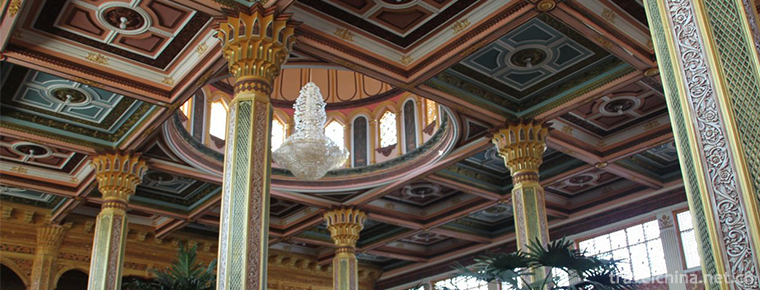Hakka ancient prose
Hakka ancient prose
As early as the late Ming Dynasty and early Qing Dynasty, Hakka ancient prose had been formed, mainly distributed in Gongjiang Town, Xinpi Township, Kuanta Township, Zishan Town, Luojiang Township, Duanwu Township and other towns in Duxian County. Most of the people who sing ancient Chinese are blind. They make a living by singing ancient Chinese. The content of singing is mainly some ancient legends, myths and historical stories that are spread among the people. Hakka ancient prose is mostly completed by a blind artist alone, so there is no overly complex requirement in clothing and props. The instruments used are generally hook, erhu, bamboo board, bangzi, fishing drum, small drum and so on. Sometimes, suona will appear. Some artists also have several jobs. They skillfully combine various musical instruments and fully use their limbs to perform them, which makes the audience sigh. Observation.
Ancient Hakka prose is a kind of rap and singing art, "one person, one drama", which is mainly based on dialect. Its performance is flexible and convenient. Its props are light and simple. Its singing tone is graceful and graceful. Its basic tune structure is mostly four sentences. The musical singing tone has strong local Hakka color. Its copies, tunes and music as well as its expression methods are of great research value.
Hakka ancient prose was listed in the National Intangible Cultural Heritage Representative project list in 2014. Cabbage


-
Feng Guo Temple
Fengguo Temple is located in Yixian County, Jinzhou City, Liaoning Province, China. It was founded in the ninth year of Kaitai, Liaoning Province (1020). It was first named Xianxi Temple and later cha.
Views: 151 Time 2019-01-12 -
Malu Grape Theme Park
Malu Grape Theme Park is located in Malu Town, Jiading District, Shanghai. It is a grape industry base and agricultural tourism demonstration site that integrates grape planting, production, scientifi.
Views: 116 Time 2019-02-06 -
Niangziguan Scenic Area
Niangziguan is a famous pass of the Great Wall of China, known as the Ninth Pass of the Great Wall of China, and it is a must for military strategists of all dynasties..
Views: 224 Time 2019-02-07 -
Shenyang Green Island Tourist Resort
Located in Tonggou Township, Sujiatun District, Shenyang City, 15 kilometers away from Shenyang City, Green Island Tourism Resort is a comprehensive multi-functional tourist area .
Views: 434 Time 2019-02-08 -
Bemo painting
Bimo Painting of the Yi Nationality is a kind of picture on paper or animal skin, bark, bamboo slips, stone, wooden boards and other carriers painted by Bimo, a priest of the Yi Nationality..
Views: 245 Time 2019-04-04 -
Tibetan astronomical calendar
Tibetan astronomical calendar is the study of Tibetan people living on the Qinghai-Tibet Plateau for generations. Under the special natural geographical and climatic conditions of the plateau.
Views: 135 Time 2019-04-15 -
Jiangxi opera
Gan Opera is a traditional opera which sings high-pitched, random-play, Kun Opera and other tunes in a multi-tone way. The dialect used is Gan dialect. Its origin and predecessor.
Views: 91 Time 2019-04-30 -
Huangzhong embroidery
Huangzhong heap embroidery is a kind of art that uses the techniques of "shearing" and "heap" to create images. It is mostly used in Tangka production, with Tibetan Buddhist themes.
Views: 287 Time 2019-05-04 -
The technical skill of penjing
Bonsai art refers to the Soviet bonsai art, which originated in the Tang Dynasty, flourished in the Ming Dynasty, matured in the Qing Dynasty, and developed in modern times. Since the 1980s, Suzhou Bo.
Views: 236 Time 2019-06-09 -
Uygur Residential Architecture Skills Aiwan Sailai Residential Construction Skills
Uygur Aiwan Sailai dwellings are mainly distributed in towns and villages along the desert edge of the Tarim Basin, especially in Yutian, Moyu, Minfeng, Pishan, Hetian, Shache and Kashgar along the so.
Views: 291 Time 2019-06-26 -
Neijiang ten sages
Ten sages are outstanding representatives of historical figures in Neijiang, which are described as "one division, two phases, three number one scholars and four great masters";.
Views: 340 Time 2020-12-16 -
Animal resources in Yibin
There are nearly 1000 species of vertebrate resources in Yibin City. Among them, there are 70 species of mammals in 23 families; 306 species of birds in 16 orders, 46 families; 34 species of reptiles in 2 orders, 9 families; 29 species of amphibians; and 151 spe.
Views: 352 Time 2020-12-18
